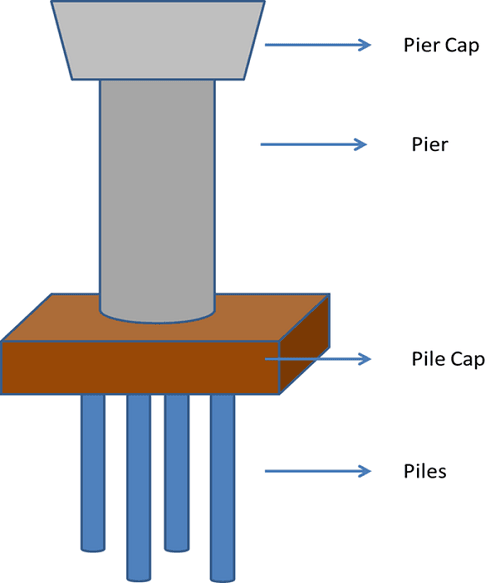
(Image from 8 Most Important Types of Foundation – Civil Engineering (civiltoday.com) )
“Pier is an underground structure that transmits a more massive load, which shallow foundations cannot carry. It is usually shallower than piles. The pier foundation is generally utilized in multi-story structures. Since the base region is determined by the plan strategy for the regular establishment, the single pier load test is wiped out. Along these lines, it is increasingly well-known under tight conditions.” — Sheikh Mahdi
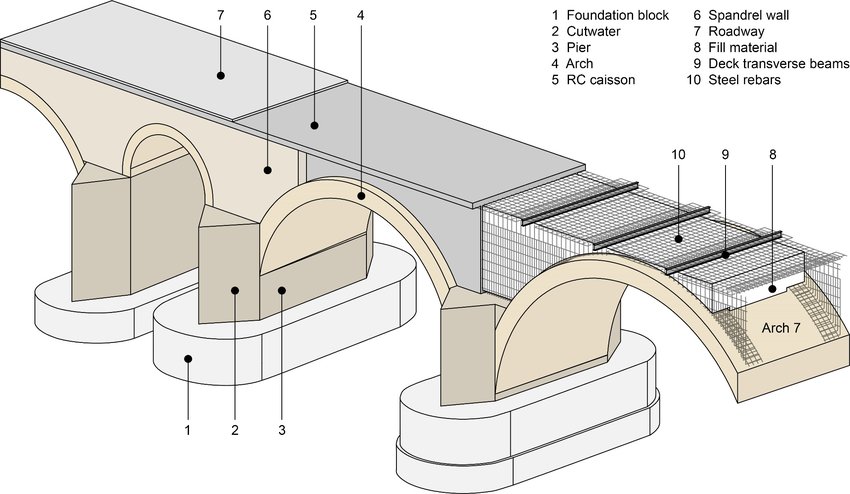
( Image from Identification of the modelled bridge parts | Download Scientific Diagram (researchgate.net))
Most of the pier construction involves foundation establishment. For my building, I assume each pier has an underground foundation. Thus, when it comes to designing a skateboard bowl skating area, I have to consider that. Either I can build the skate bowl structure with plywood and beams, or I can dig down from the ground floor level and use metal frames and concrete. However, considering the foundation structure, making a wooden skate bowl would be a better idea; it does not effect the foundation system of the orgional building.

( Image from Learning from Isolated Territories. :: Future Architecture (futurearchitectureplatform.org))
The image demonstrates the underground foundation structure of a pier.
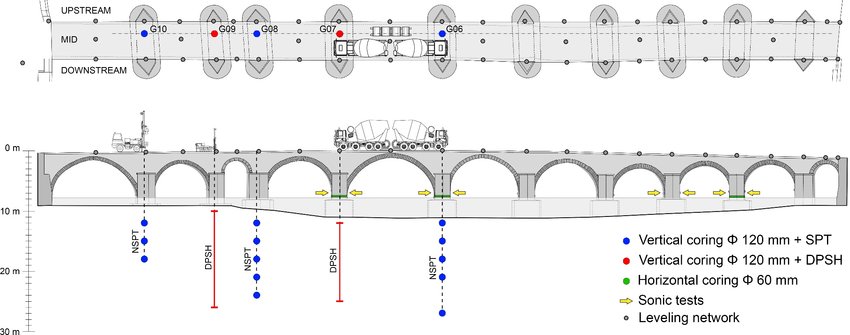
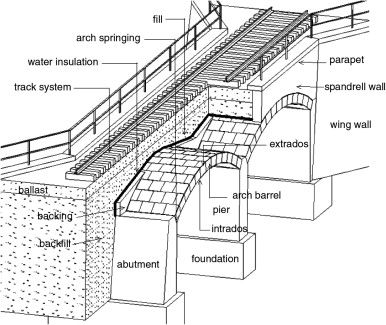

( Image from Pinterest) Demonstrates the overall material and structure of a masonry railway arch construction
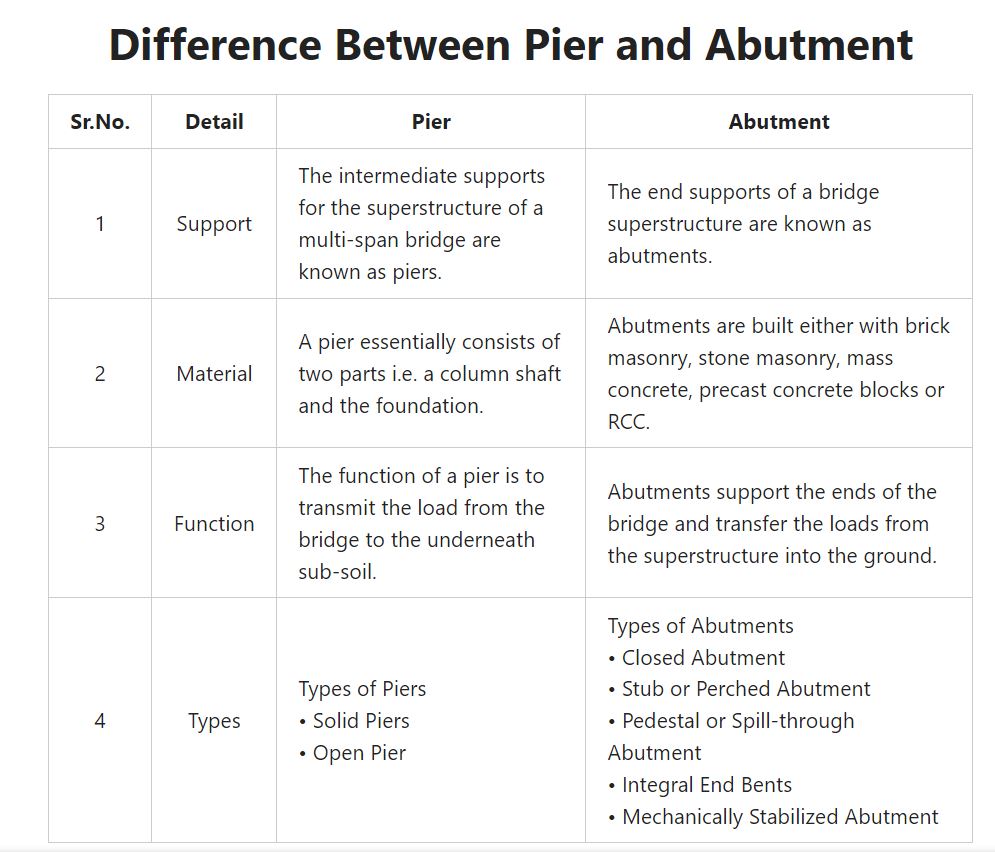
Image from ( Difference Between Pier and Abutment | What Is Pier | What Is Abutment – Civil Scoops )
Railway Structures :
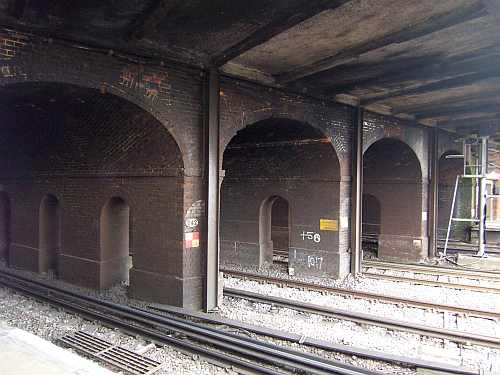
(Bridge 242 Tonbridge, photographed on 18th August 2007. photograph by Gregory Beecroft)
This image demonstrates the possibility of breaking walls to establish a connection between railway arches.
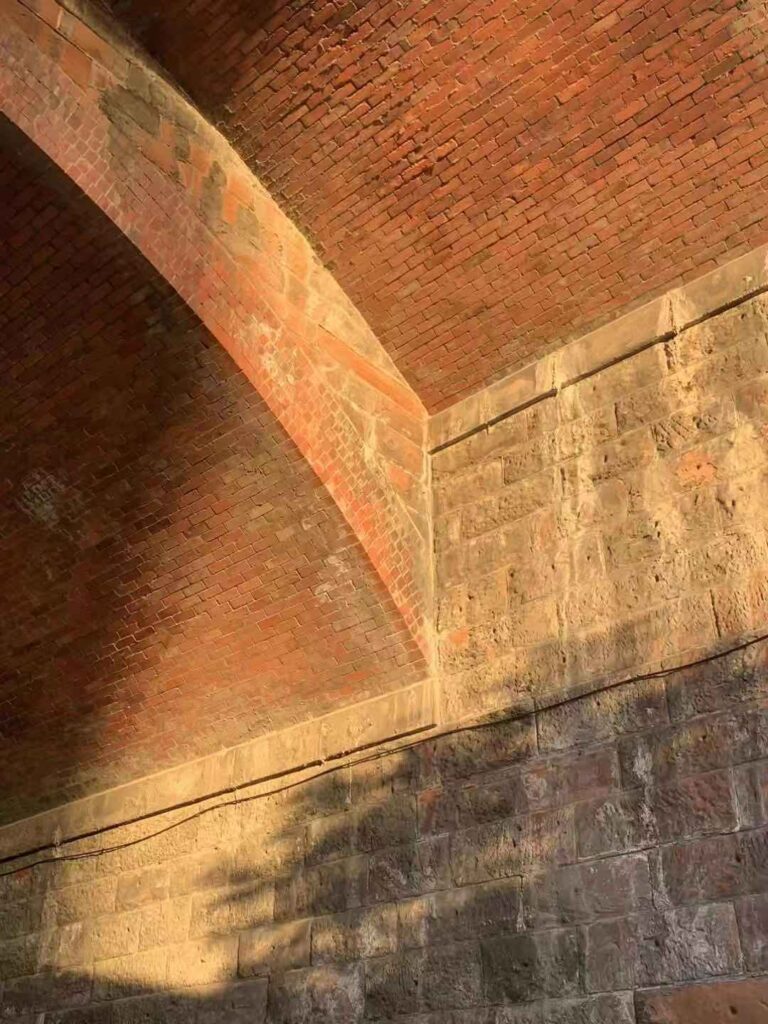

( Photograph of the site, arch structure)
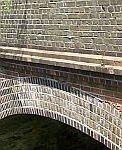
(Photograph by Gregory Beecroft)
The surface brick cladding of the arch ceiling and lower arch ceiling
Soffit: The curved lower surface of an arch
“string courses are horizontal band features on a building and are an aesthetic device that occurs in virtually every style of Western architecture, from classical Roman through Anglo-Saxon and Renaissance to modern. A great way to break up monotonous brickwork, they can be designed to be either flush within the wall or to project slightly. However you choose to incorporate it, a string course is a great contrasting element for any architectural design.”
Railway Structures (sremg.org.uk)
(Cast Stone Façade Stonework | Haddonstone GB)

(Photograph by Gregory Beecroft)
Impost: A horizontal, projecting band of brick or stone immediately below the springing point of an arch.

Ashlar Facing masonry:
This type of ashlar masonry is used to give the building an exposed and pleasing aesthetics, and the faces of exposed stones are chamfered and rough-tooled.
. Ashlar Fine Tooled Masonry
This is the finest type of ashlar stone masonry. The stones’ beds, joints, and faces are chisel-dressed to remove all unevenness and obtain perfectly horizontal and vertical joints. The mortar joints are so thin that they are barely exposed, which gives this type of masonry a very close and packed finish.
(Ashlar Masonry – its 6 [Types and Advantages] (civilclick.com) )
Bridge construction:
Bridge Types – Historic Bridge Foundation
Pier Construction :
8 Most Important Types of Foundation – Civil Engineering (civiltoday.com)
Pier and Abutment:
Difference Between Pier and Abutment | What Is Pier | What Is Abutment – Civil Scoops
Viaduct construction:
Railway Structure :
Railway Structures (sremg.org.uk)
Stone material and construction:
Cast Stone Façade Stonework | Haddonstone GB
Ashler Masonry:
Ashlar Masonry – its 6 [Types and Advantages] (civilclick.com)
Stone Masonry: Everything You Want to Know About (renovationsroofing.com)



Leave a Reply